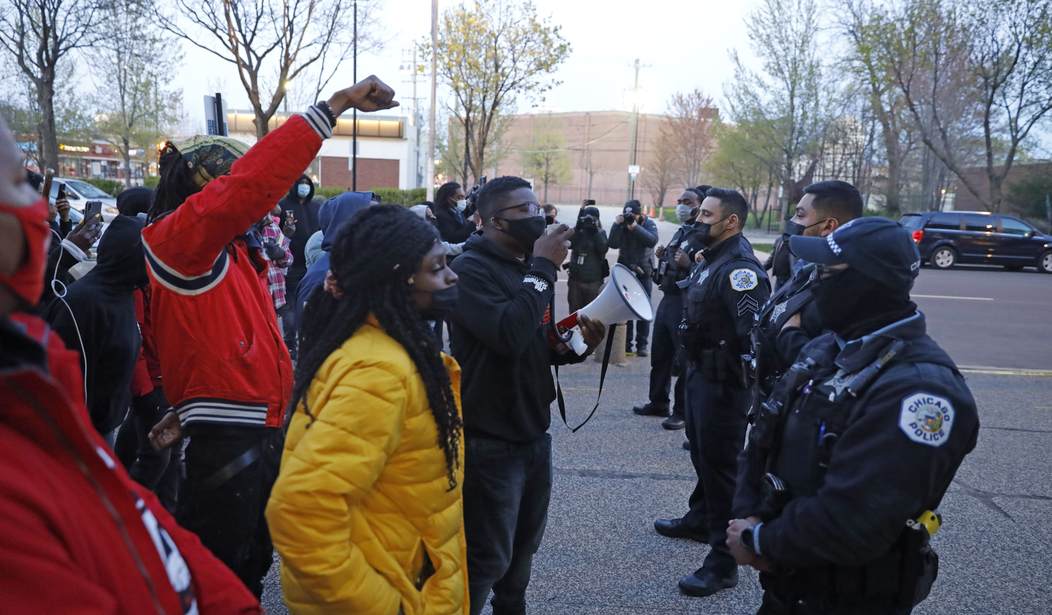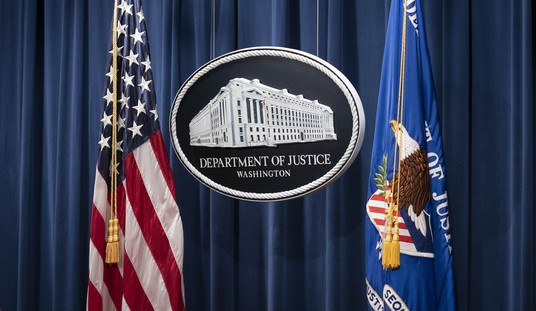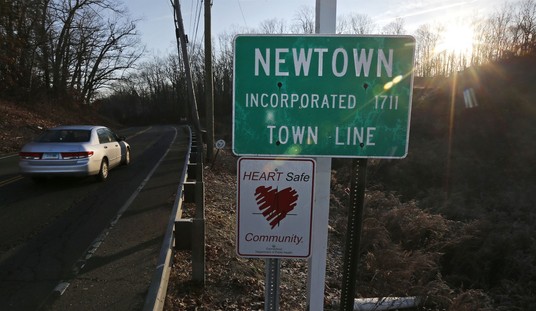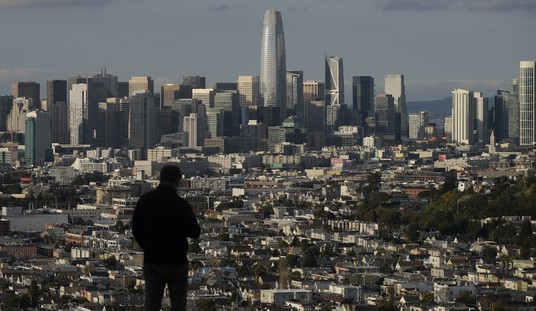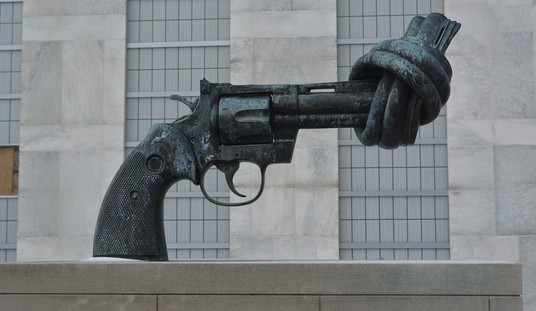There’s a lot of anti-police hate coming from the left. They’re very critical of police and policing. It’s so bad that it’s very easy to find yourself automatically reacting to anything that smacks of police not doing the very best job possible.
However, it’s not an easy job. Mistakes get made. Further, mistakes can come from all levels.
With the mistake coming from high enough up on the food chain, it can have serious ramifications on down the line.
Could addressing some of those mistakes actually reduce violent crime?
When Deacon Harvey Cutts was growing up in Camden in the 1960s and 70s, he recalls meeting his neighborhood police officers when they introduced themselves to his classroom—and then knowing their names, and them his, when he saw them out on the street. “You knew them then,” says Cutts, a lifelong Camden resident who has also raised 15 children in the city. “We were comfortable with them.”
That was back before Camden suffered years of industrial decline to become the poorest city in America, and before it became known as the most dangerous small city in America—a title it held as recently as 2015. In 2011, Camden—and its police department—reached a new low: The city’s financial crisis led to half the police force being laid off, followed by a record number of homicides in 2012—67.
By that point, policing in Camden looked a lot like policing in most of the country—which is to say, Black and brown residents like Cutts, himself the son of a policeman, no longer felt comfortable interacting with cops, who were simultaneously overly aggressive and ineffective at solving crimes.
But the last few years have seen a remarkable—and much-touted—shift in the story of crime and public safety in Camden. The city of 70,000 residents is, by most measures, a safer place to live and work than it has been in decades. In the last 10 years, Camden has seen a 32 percent drop in homicides; in that same period, homicides in Philadelphia have risen more than 60 percent, mostly over the last five years. Even during 2020, when shootings spiked in Philadelphia and most other cities across America, Camden’s homicide rate went down slightly, from 24 murders in 2019 to 23 in 2020.
And, tellingly, crimes are being solved: Camden police started out this year with arrests in all but one of the city’s murders—a 96 percent solve rate. In Philly—where, granted, there were 499 killings to investigate in 2020—the solve rate since 2016 has hovered at less than 50 percent. That means arrests were made in less than half of all murders even while the police budget has ballooned. (Nationally it’s about 61 percent.) Excessive force complaints in Camden, meanwhile, have also dropped, by 95 percent since 2014, according to the city.
“There is a trust in the police again,” says Cutts, who cautions that there is still much work to be done to overcome decades of abuse and corruption. “People feel they are being protected. They talk to the police and are not afraid to say what’s happened.”
The idea is that police should roll back to being part of the community, to stop taking an “us versus them” approach. However, it also involves some things that a lot of people on our side of the debate aren’t fans of. For example:
It’s a similar story up the turnpike in Newark, where a 2014 federal consent decree ordered significant changes to the Newark Police Department, which a Justice Department investigation concluded was rife with racism and violence, with little accountability and no training in how to diffuse situations nonviolently.
The decree brought federal funding and a mandate to the city at the same time that residents elected Mayor Ras Baraka, son of the activist poet Amiri Baraka, and a longtime community activist himself. Baraka consolidated the police, fire, emergency and homeland security departments to save money and brought back a former Newark police chief, Anthony Ambrose, as the city’s new Public Safety Director to oversee all of it. Together they set about making changes that have led to more officers of color being hired, a shift towards deescalation, a new use of force policy and other sweeping reforms that are still being enacted.
Now, I think the hype over deescalation is overplayed. You can’t always do that.
However, if it’s reducing violent crime overall, then maybe it’s something we should consider looking into. After all, violent crime statistics are used to justify gun control and always will be. By reducing those, we’re reducing the argument in favor of gun control.
Further, we can show that there are approaches you can take to address violence and violent crime that don’t infringe on our Second Amendment rights.
Is this necessarily the answer? I don’t know. Plus, I don’t like the idea that they’re blaming the police for everything.
Yet at the same time, I think we’d be stupid to dismiss it out of hand just because it’s what Democrats have been pushing. I mean, they can’t get everything wrong. Taking a look at how policing works in this country may be a smart idea and solve a lot of problems.

